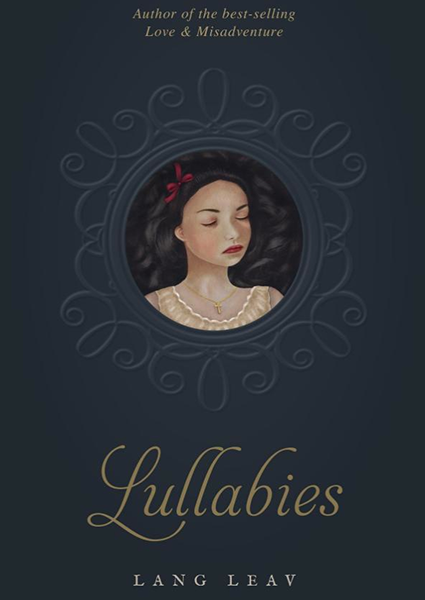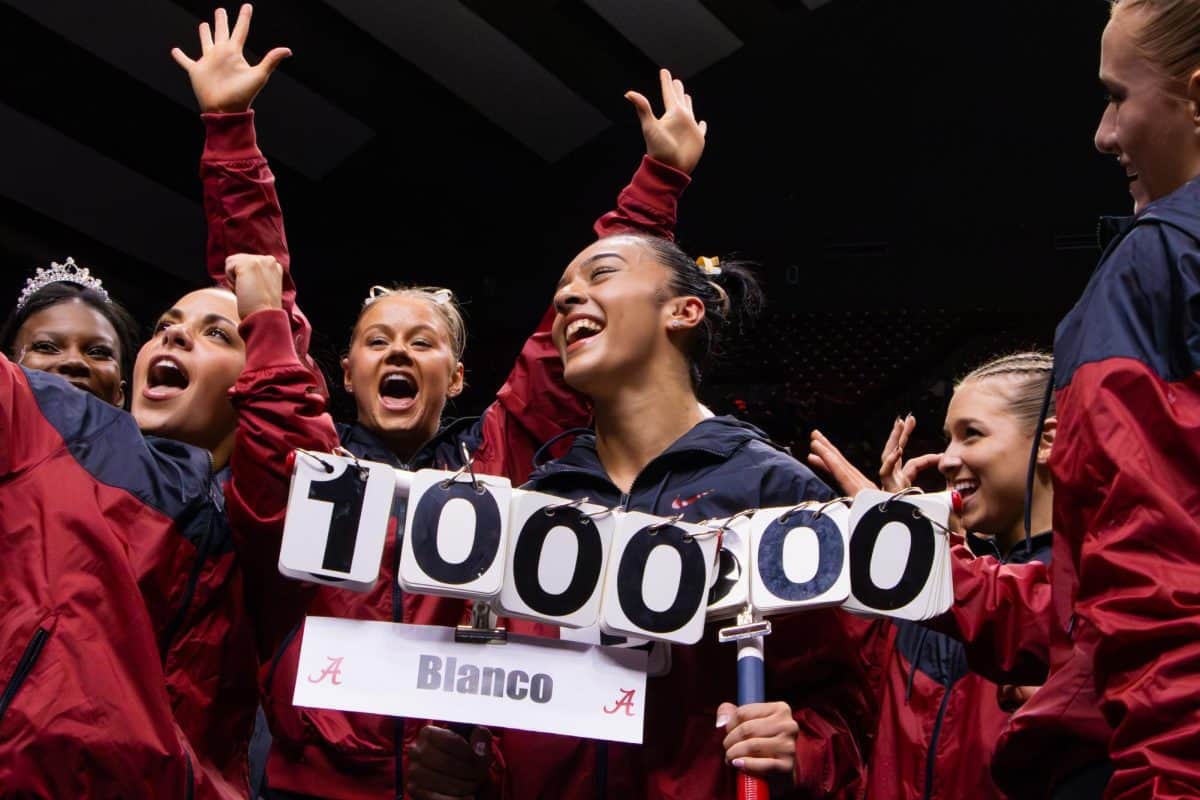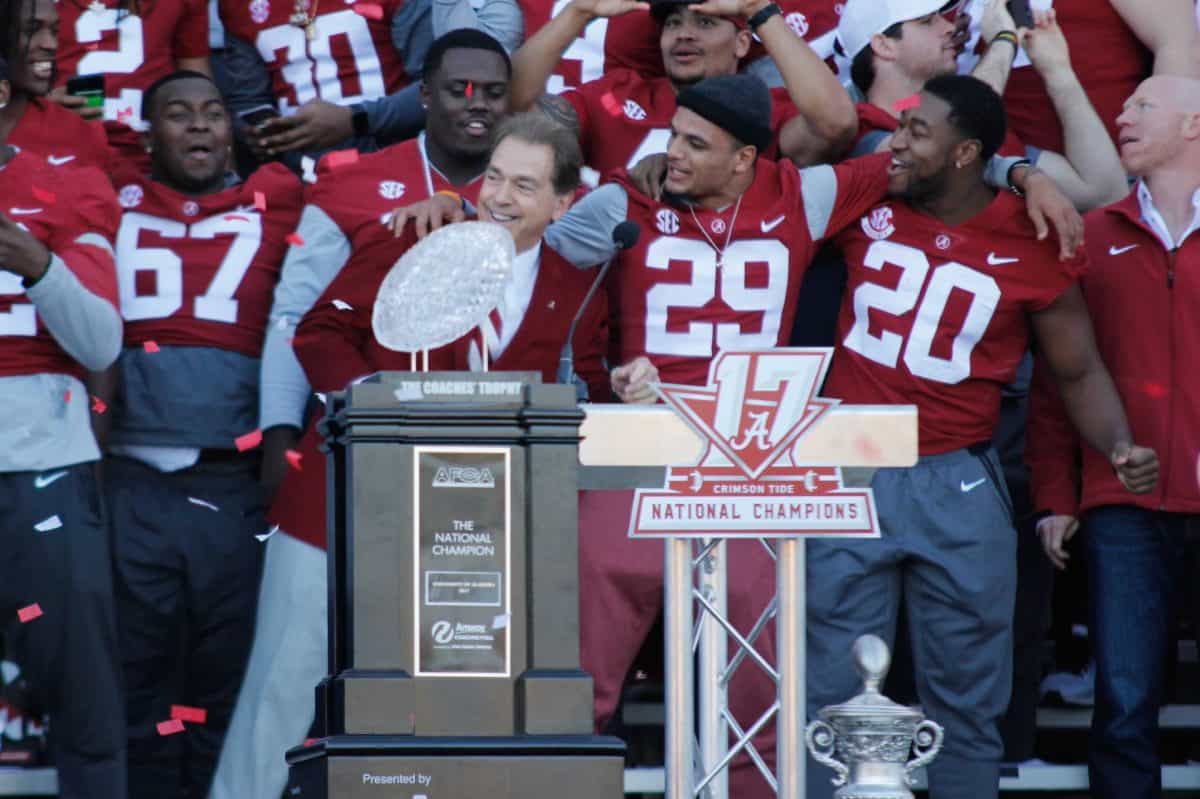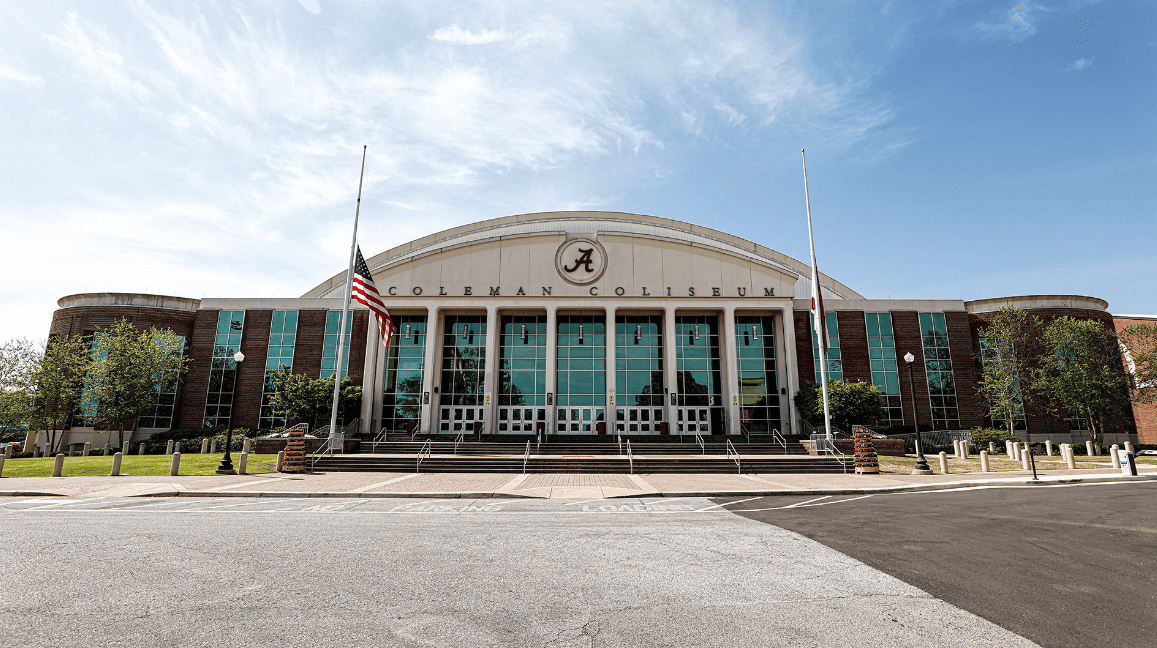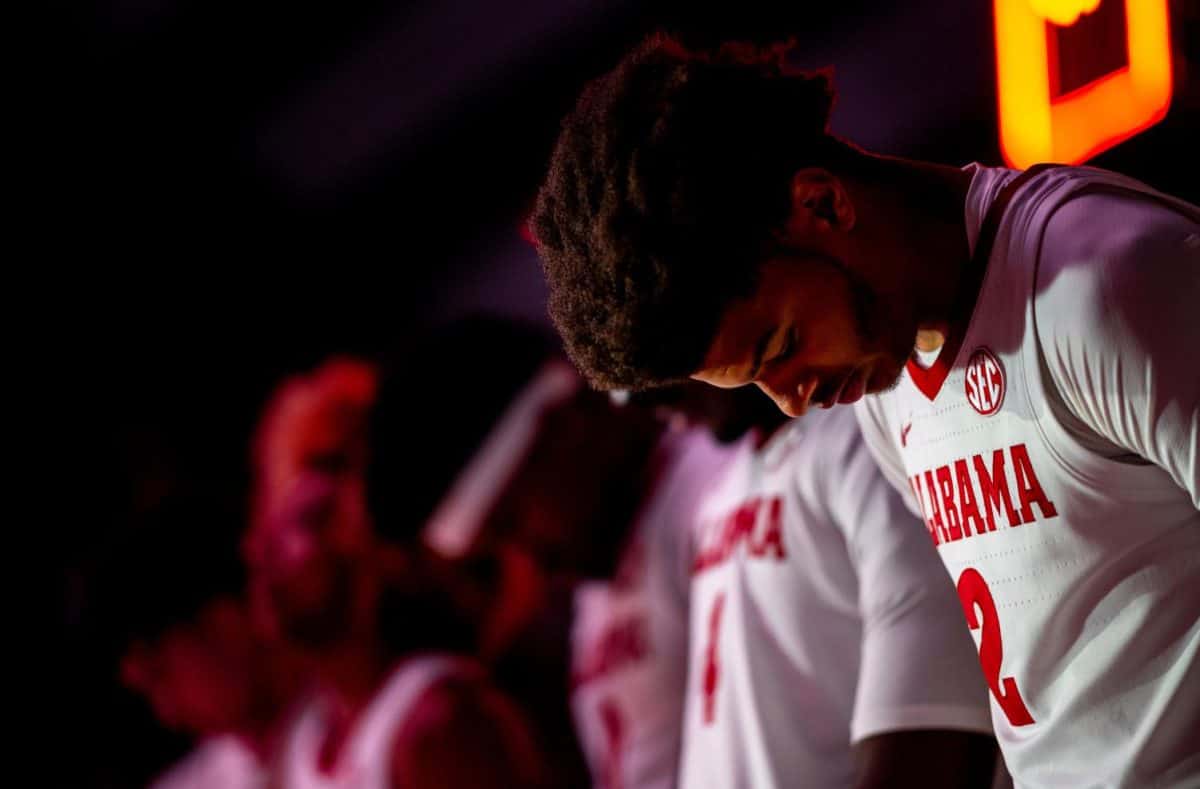The second installment of Lang Leav’s writing, “Lullabies,” is desired to “sing to your present,” “echo of your past” and “whisper of your future.”
Leav prefaces the poems with an introduction that includes a poem by her partner, Michael Faudet. She explains her book by stating, “I have always thought poems were a little like spells … there is a certain quality to words that – when strung in a certain way – has an almost hypnotic effect.”
She finishes her introduction by inviting the audience to read the poems any way they see fit, whether from back to front or somewhere in the middle. Like the first installment “Love and Misadventures,” Leav’s “Lullabies” is segmented into three sections. This time, the sections are labeled as chapters. “Duet,” “Interlude” and “Finale” are chapters one, two and three, respectively, followed by an “Encore.” Before even hitting the meat of the poetry, readers can already see how the melodic aspects begin to emerge.
Much like a concert of sorts, the “Duet” and “Finale” chapters take up the space, with the brief eight-page “Interlude.” The first part blends themes such as natural occurrences, self-discovery and more. Poems such as “Her Words,” “My Heart” and “Second Chances” involve a narrator in the process of realizing themselves and those around them. “Tsunamis” and “The Seventh Sea” provide stark images of ocean movements as metaphors to events within the narrator’s relationships. Other poems, like “Signposts,” “Mementos” and “Keys” focus on everyday objects to supply readers with even more metaphorical language.
As the show goes on, “Finale” starts with a child-like tone. “Three Questions” opens the second delve into emotion by asking questions like riddles. “Dead Poets,” “Despondency” and “Fairy Tales” break up Leav’s usual rhyme with prose poems of depressing topics – lost childhood and death to name a couple.
It’s easy to see how, in an almost sister book to “Love and Misadventures,” “Lullabies” can be dismissed as more of the same. The format is certainly identical, and the sections are once again illustrated by Leav’s own hand. The subject matter has only thickened physically and immaterially to cover more love, loss, heartbreak and witty short tales.
Because of this, it’s better to think of the two books as bigger pieces of a whole. The poetry within “Lullabies” is just as relatable and tug just as strongly at the reader’s heart. The best advice when approaching “Lullabies” comes from Leav herself. As she says in the introduction, “I imagine it to be a bedside table kind of book – hopefully, one that you will pick up on some windy, restless night and it will help sing you to sleep.”

